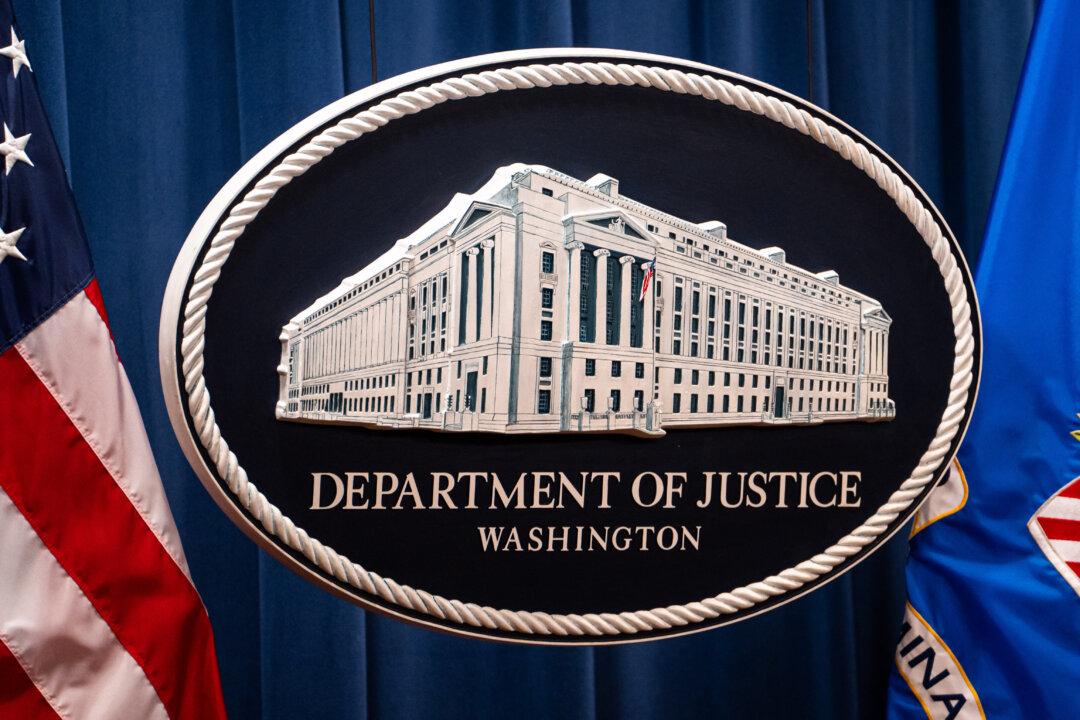The Senate has confirmed more nominees in the first year of the Biden administration than it did for the same period in the Trump administration, according to a report from the nonprofit Partnership for Public Service’s Center for Presidential Transition.
However, the number of confirmations lagged those for both the Obama and Bush administrations, the report said.
While President Joe Biden has nominated a higher number of individuals for government positions, 644 compared to Trump’s 555, Congress has only confirmed 355 of Biden’s nominees—a significant drop from the 505 confirmed for President George W. Bush and 450 for President Barack Obama, according to the report.
“In Biden’s first year, the Senate confirmed only 41 percent of his nominations,” the report reads. “By contrast, 75 percent of Bush’s first-year nominees were confirmed, compared with 69 percent for Obama and 57 percent for Trump.”
It noted that 118 nominations were procedurally returned to the White House on Jan. 3, as the Senate adjourned at the end of the congressional session, while a small number were withdrawn by Biden.
“Of those, 29 nominees had been waiting between 200 and 300 days to receive a vote, 40 had been waiting between 100 and 200 days, and 49 had been waiting less than 100 days,” it reads.
The constitutional requirement of Senate oversight for presidential appointments is designed to keep the president’s powers in check.
While vacancies are not unusual with political appointments, some critics have argued that increasing delays to confirmations impacts key agencies and risks leaving the government open to issues of understaffing and diminished accountability to Congress and the American people.
The authors of the report suggested that reforms need to be agreed on by both the executive and legislative branches, calling the current situation an “unsustainable status quo.”
According to estimates by the Congressional Research Service, the executive branch has around 1,200 to 1,400 positions that require Senate confirmation, leaving the Senate tasked with scrutinizing nominees for several hundred positions every year.
The delays were already becoming pronounced during the Obama administration, when filibusters and cloture motions made news headlines as Congress stalled, and confirmation times took a hit.
There was an attempt to address the delays experienced in 2009 by the new Obama administration, when, according to the report, the average confirmation time almost doubled from 48 days under Bush to 80 days. Congress passed the Presidential Appointment Efficiency and Streamlining Act in 2011, which saw requirements for Senate confirmation cut for 163 lower-level positions. Another 272 positions were earmarked for expediency, barring any unusual circumstances.
“This new era of cooperation can start with finally confirming the more than 300 highly qualified nominees who are still stuck in the Senate—some after years of waiting,” he said. “The Senate has failed to act on these nominations, which is unfair to the nominees and to our country. Now is the time for bipartisan action.”





